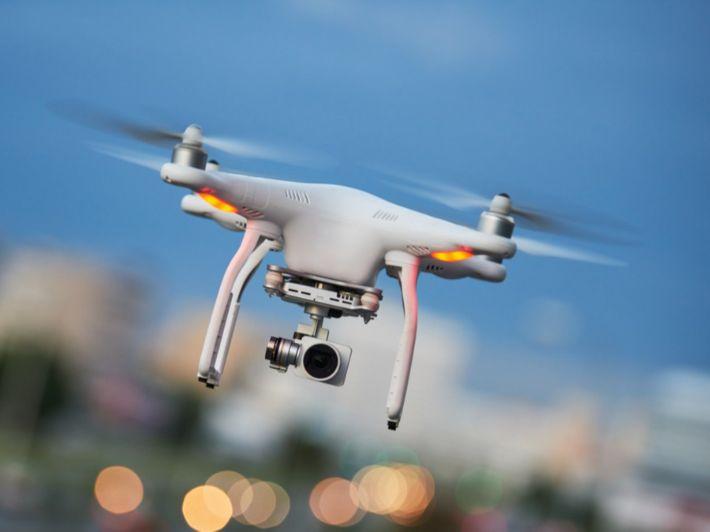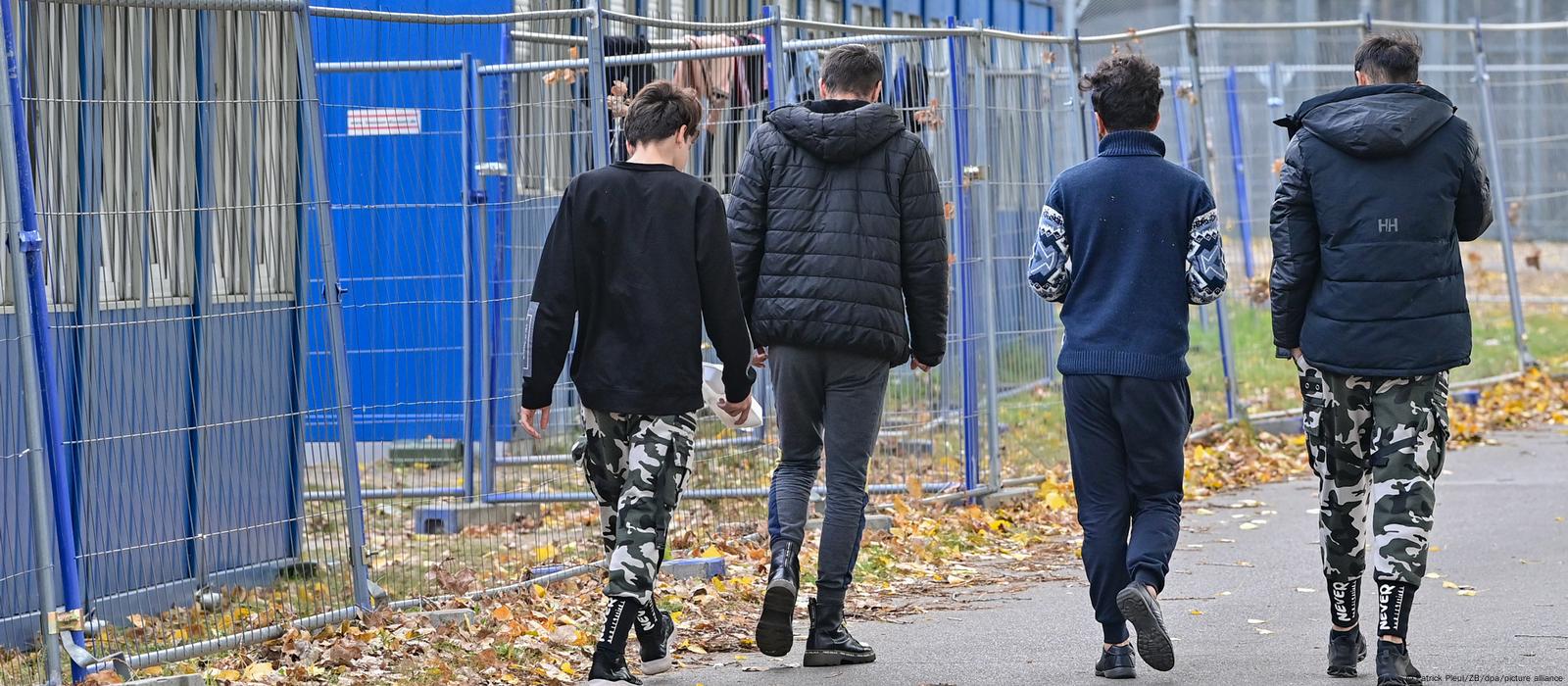
Three French provinces have begun using surveillance cameras on drones to limit migrant boats crossing the English Channel towards Britain, amid human rights concerns that the surveillance measures will violate the rights of migrants, while others hope that it will contribute to reducing the number of victims escaping across the Channel.
Three provinces North, Pas-de-Calais and Somme have authorized the intensive use of drones over a distance of 150 km, specifically between the cities of Dunkirk and Berke, in an area extending along the coastal strip of the English Channel and facing the British shores, at a depth of five kilometers outside the cities, to limit irregular immigration.
These aircraft, belonging to the border police, public security directorates, and gendarmerie, will allow the use of 76 surveillance cameras simultaneously for a maximum period of three months, renewable according to certain circumstances.
These cameras will be placed not only on drones, but also on other aircraft and helicopters, according to a decree approved by the governorates on Thursday, September 7, and published by the local newspaper, “Voice of the North” (La Voix du Nord).
However, earlier this year, the Council of State objected to a similar project on the French border with Spain.
According to media outlets, the stated goals of the monitoring operations are to “combat human trafficking,” reduce “irregular border crossing,” as well as “assist migrants.” The authorities considered that drones are “the least intrusive to privacy” as they seek to monitor vast areas where migrant boats gather or depart.
This comes within the French law that regulates the use of drones by law enforcement agencies, according to a decree published last April.
Alan Ledagwell, an official at the National Sea Rescue Society (SNSM) in Dunkirk, told the local newspaper: “If we honestly think about rescue, drones can provide valuable assistance, to the point that sea rescuers have thought about using them.” He added, “They may help us buy time and determine who needs us faster?
The last rescue operation carried out by the authorities dates back to Sunday, September 10, as 153 people were rescued off the shores of Pas-de-Calais, according to the National Operational Center for Surveillance and Rescue (CROSS GRISNEZ).
But these monitoring measures worry humanitarian organizations, fearing that they violate respect for migrants’ rights and expose them to the risk of exploitation by smugglers.
Agnès Laurel, who runs five humanitarian organizations on the Italian-French border, said in a previous interview with the “InfoMigrants” website that these measures are “at the expense of respect for the rights of migrants,” as “illegitimate practices against them are repeated: restricting freedom in the absence of a legitimate administrative framework or without the presence of the migrants’ lawyer in some cases, forced return of minors, exploratory interviews, restrictions on submitting asylum applications, discriminatory searches.”
The English Channel Route is one of the busiest trade routes in the world, and has witnessed the death of several migrants trying to reach the United Kingdom.
It is noteworthy that since 1990, 330 migrants have died while trying to cross the Channel illegally to reach Britain,” recalling previous boat sinking incidents.
Reports indicate that about 80,000 migrants arrived or attempted to reach Britain by sea in the year 2022. According to official figures announced in Britain, the number of asylum seekers reached a new record at the end of June, which is 175,457 people, an increase of 43% compared to the previous year, an unprecedented tally since the government began recording this statistic in 2010.





